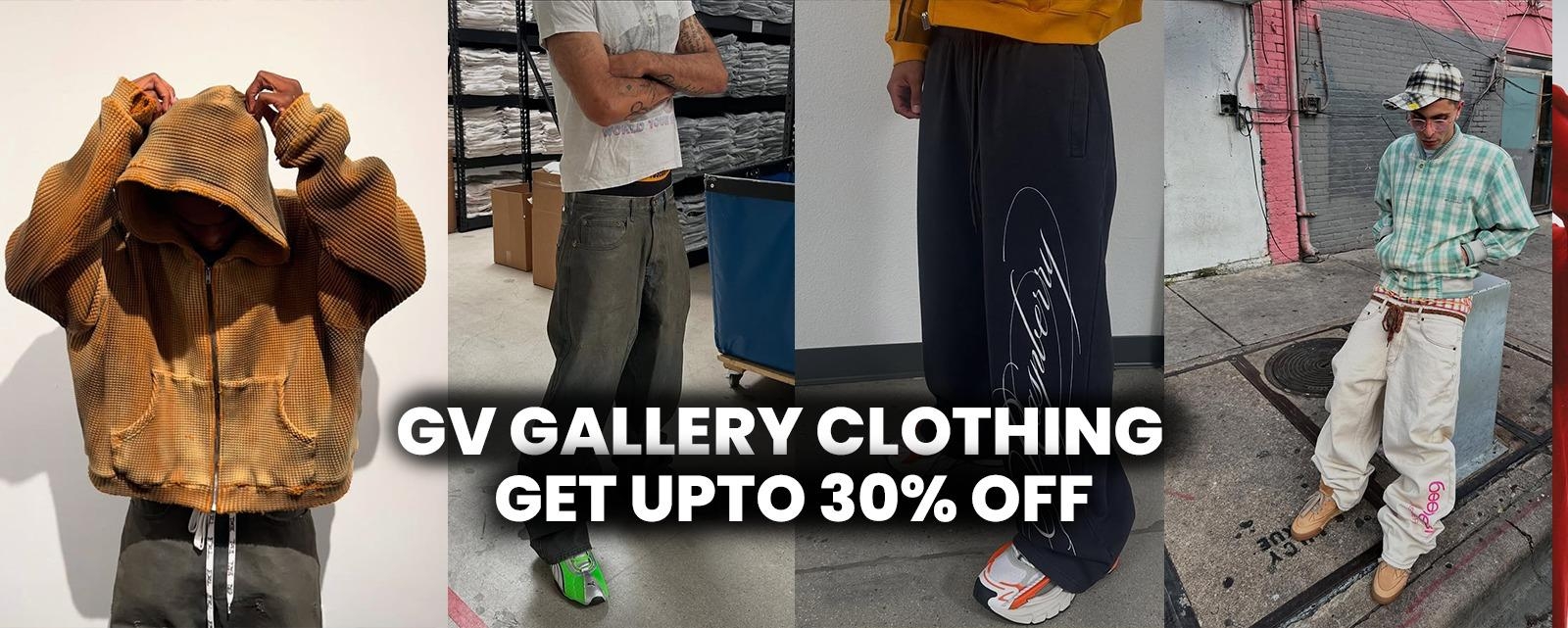In today’s fashion landscape, where branding and identity often intersect, the Denim Tears Shirt stands apart—not just as a stylish garment but as a powerful piece of cultural commentary. Born from the mind of Tremaine Emory, the founder of Denim Tears, this shirt is more than apparel—it’s a canvas for historical reflection, Black identity, and artistic resistance.
The Birth of Denim Tears
To understand the importance of the Denim Tears shirt, it’s necessary to understand the Denim Tears brand itself. Founded in 2019, Denim Tears was Tremaine Emory’s response to the lack of nuanced representation of Black history and culture in mainstream fashion. Known for his work with Kanye West, Virgil Abloh, and Frank Ocean, Emory brings both high fashion experience and deep cultural awareness to the table.
Denim Tears is more than a clothing brand; it’s a historical and cultural narrative wrapped in cotton and denim. Emory uses garments to examine the African American experience, particularly the legacy of slavery, cotton picking, and systemic racism in the United States. The Denim Tears shirt is one of the brand’s key pieces that embody this vision.
The Shirt as a Symbol
The Denim Tears Cotton Wreath Shirt, like the brand’s jacket, often features an all-over print of cotton wreaths. This visual is both simple and deeply symbolic. Cotton is not just a plant—it’s a direct reference to the labor of enslaved Africans who built the foundation of American capitalism through their forced work in cotton fields. The shirt confronts this painful legacy and brings it to the forefront of fashion in a way that is unapologetic and necessary.
The cotton wreath, styled similarly to laurel wreaths or halos, is a recurring motif. On a deeper level, it transforms a symbol of oppression into one of remembrance and dignity, honoring the strength and endurance of those who suffered under slavery. When worn, the Denim Tears shirt becomes a walking tribute to generations of struggle and resilience.
Collaboration and Cultural Impact
One of the most significant moments for the Denim Tears shirt came through the Denim Tears x Levi’s collaboration. This partnership was launched intentionally on Juneteenth, the day that commemorates the emancipation of enslaved African Americans in the U.S. This wasn’t just a fashion release—it was a political statement.
The Levi’s x Denim Tears shirt featured classic silhouettes but reinterpreted them through Emory’s lens. The cotton wreath shirt in particular was crafted from premium materials but stayed true to workwear roots. Its design demanded attention, both visually and historically. Fashion was no longer about escapism—it became a confrontation with the past.
This bold approach attracted widespread attention from both fashion insiders and cultural critics. The shirt was worn by cultural leaders like Virgil Abloh, Frank Ocean, ASAP Rocky, and Tyler, the Creator, bringing the message to new audiences. It quickly became a sought-after item, not only for its aesthetic appeal but for its depth.
Wearing History
What makes the Denim Tears shirt different from a typical graphic tee or streetwear staple is its layered meaning. It’s not simply about looking good—it’s about bearing witness to history. Emory once described his work as “a dialogue with the past,” and this shirt exemplifies that. It asks the wearer—and the viewer—to think critically about America’s origins and the lives impacted by that history.
This isn’t performative activism or trend-driven commentary. The Denim Tears shirt is fashion as protest, remembrance, and resistance. It offers a unique opportunity for people to engage with complex social issues through everyday wear, sparking conversations in spaces where those conversations are often avoided.
Design and Aesthetic
From a design perspective, the Denim Tears shirt balances minimalism and boldness. While the cotton wreath motif is the focal point, the shirt typically retains a clean cut and neutral palette, making it versatile while retaining its statement quality. Crafted from high-quality cotton, the shirt is often oversized or relaxed-fit, reflecting streetwear trends while remaining timeless.
Variations of the shirt may include embroidery, hand-printed detailing, or washed finishes that give it a vintage or worn-in feel. This intentional design choice reflects the brand’s respect for heritage, craftsmanship, and the narratives embedded in old textiles.
Hype vs. Message
As Denim Tears has grown in popularity, especially among streetwear collectors and fashion hype communities, a common concern has arisen: Can a piece with such profound meaning retain its message when it becomes a hype item? With resell prices often doubling or tripling the retail price, some critics argue that the original intent gets lost in the luxury resale market.
Tremaine Emory has addressed this tension by staying committed to education through his designs. He has frequently emphasized that his goal is not just to make clothing, but to ignite dialogue and reflection, whether it’s on Instagram, in galleries, or on clothing racks. While not everyone who wears the shirt may understand its significance, Emory continues to push for visibility and context in his releases.
Conclusion: More Than a Shirt
The Denim Tears shirt is not just about fashion—it’s about reclaiming a narrative, honoring ancestors, and challenging systemic erasure through wearable art. In a fashion world often criticized for its lack of substance, Emory’s work is a call to consciousness.
By wearing the Denim Tears shirt, individuals aren’t just expressing style—they’re participating in a broader cultural movement. The shirt forces conversations that many would rather avoid, and in doing so, becomes a revolutionary act.






